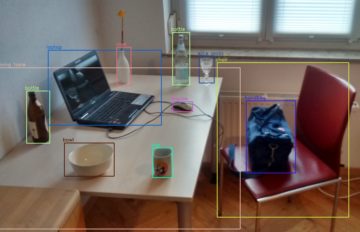by Jochen Szangolies

The world we inhabit is a world of objects. Wherever we look, we find that it comes to us already disarticulated into cleanly differentiable chunks, individuated by certain properties: the mug on the desk is made of ceramic, the desk of wood; it is white, the desk black; and so on. By some means, these properties serve to circumscribe the object they belong to, wrapping it up into a neatly tied-up parcel of reality. No additional work needs to be done cutting up the world at its joints into individual objects.
Moreover, this fact typically doesn’t strike us as puzzling: objects seem entirely non-mysterious things. I could describe this coffee mug to you, and, if I include sufficient detail, you could fashion an identical one. The same procedure could be repeated for every object in my office, indeed, for the entire office itself.
Certainly: there may be edge cases. Where I see one cloud, you might see two. When the mug is glued to the desk, they don’t seem to become one object; but certain sorts of fastening, such as assembling various electronic components into a computer, seem to beget novel objects over and above mere collections of parts. Still: there are various ways out of these troubles. The computer can be described as various sorts of parts and their arrangement; the cloud by its shape.
Objects seem eminently describable sorts of things. There seems to be no residual mystery beyond an exhaustive specification of their properties. But not everything is so amenable to description, as speakable as objects seem to be. Read more »
